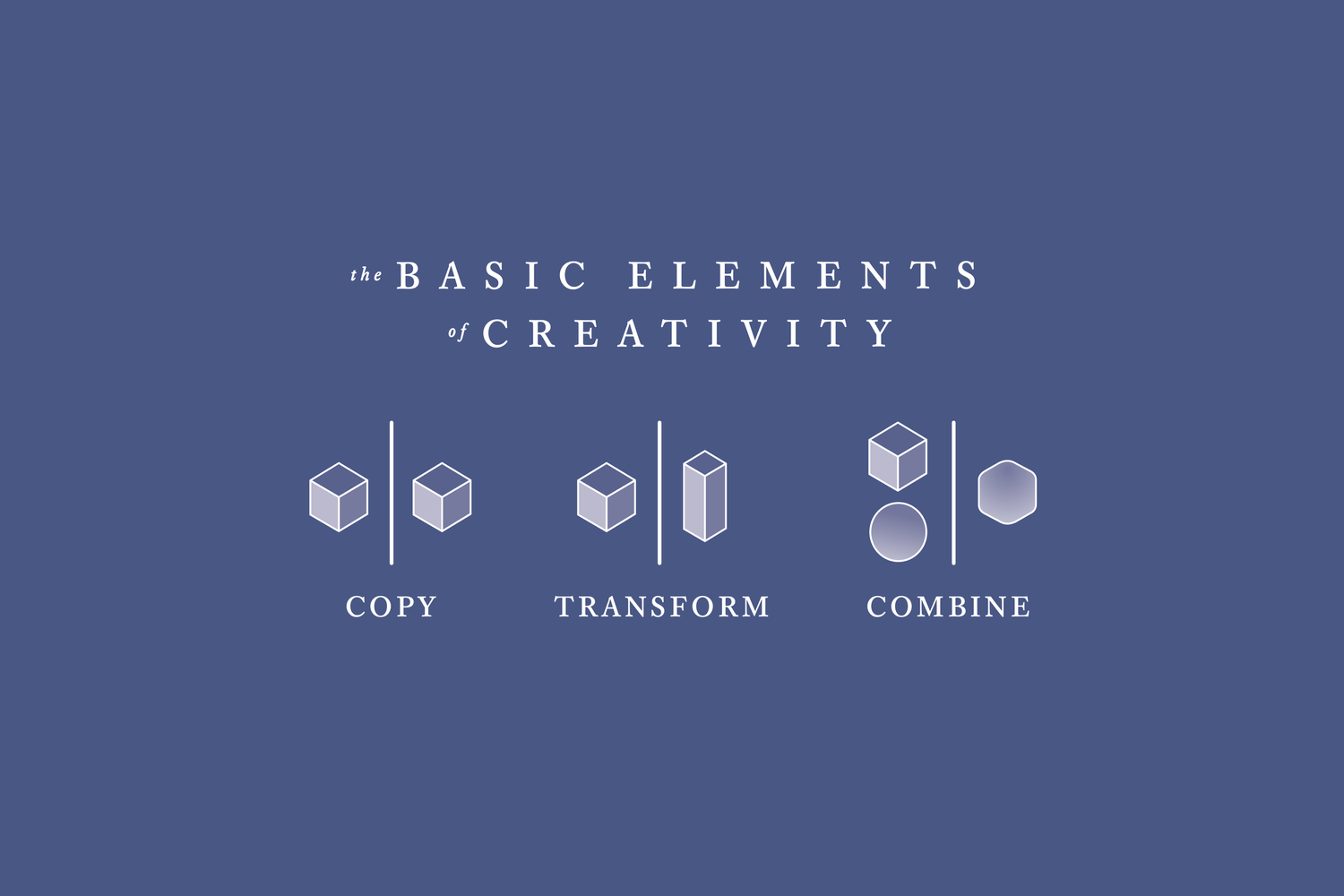You'll notice that the links here point to much older, smaller numbers. 1013 3667. These are ideas from thousands of entries ago. ideas I'm still grappling with today. That's what I really love about my link book. The way old and new ideas collide on paper. That's where the real creative sparks happen. And that's why I say the linkbook is an innovation engine. It doesn't just store ideas. It helps them grow, interact, and evolve.<br /> —Michael Herrick [2:45](https://youtu.be/30_v2FHJ9e4?si=HclrmkAMnd6LVca_&t=165
Michael Herrick noticing what others have seen in the past. He doesn't give the idea a new name like he's done with "Linkbook" for commonplacing or various other iterations.

